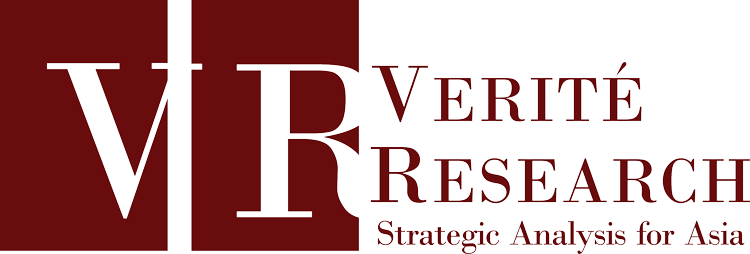| dc.contributor.author | Sumanthiran, Shiloh | |
| dc.date.accessioned | 2022-03-23T13:36:08Z | |
| dc.date.available | 2022-03-23T13:36:08Z | |
| dc.date.issued | 2020-09 | |
| dc.identifier.issn | 2386-1762 | |
| dc.identifier.uri | http://archive.veriteresearch.org/xmlui/handle/123456789/4568 | |
| dc.description | 3p. A different version of this insight was published in the Daily Mirror. See: The case for State supported maternity leave benefits in Sri Lanka. (2020 September 24). Daily Mirror. https://www.dailymirror.lk/features/The-case-for-State-supported-maternity-leave-benefits-in-Sri-Lanka/185-196527 | en_US |
| dc.description.abstract | Women in the 20-39 age cohort are uniquely and severely disadvantaged in the labour market in Sri Lanka. This disadvantage is linked to the current policy of placing the full cost of maternity leave benefits (MLBs) on employers. In this context, this makes hiring women costlier than hiring men and creates incentive for a discriminatory recruitment practice where male job applicants are preferred over female job applicants. This Insight offers a solution to this adverse incentive structure by suggesting state-sponsored maternity leave benefits to improve labour market participation and outcomes for women. | en_US |
| dc.language.iso | en | en_US |
| dc.publisher | Colombo: Verité Research | en_US |
| dc.relation.ispartofseries | Verité Insights;Vol. 8, No. 1 | |
| dc.subject | Female labour force participation | en_US |
| dc.subject | Maternity Leave Benefits - MLB | en_US |
| dc.subject | Social policy and welfare | en_US |
| dc.subject | Womens employment | en_US |
| dc.subject | Womens welfare | en_US |
| dc.subject | Gender discrimination - labour recruitment | en_US |
| dc.title | State Funding for Maternity Leave in Sri Lanka - A No-brainer | en_US |
| dc.type | Insight | en_US |

